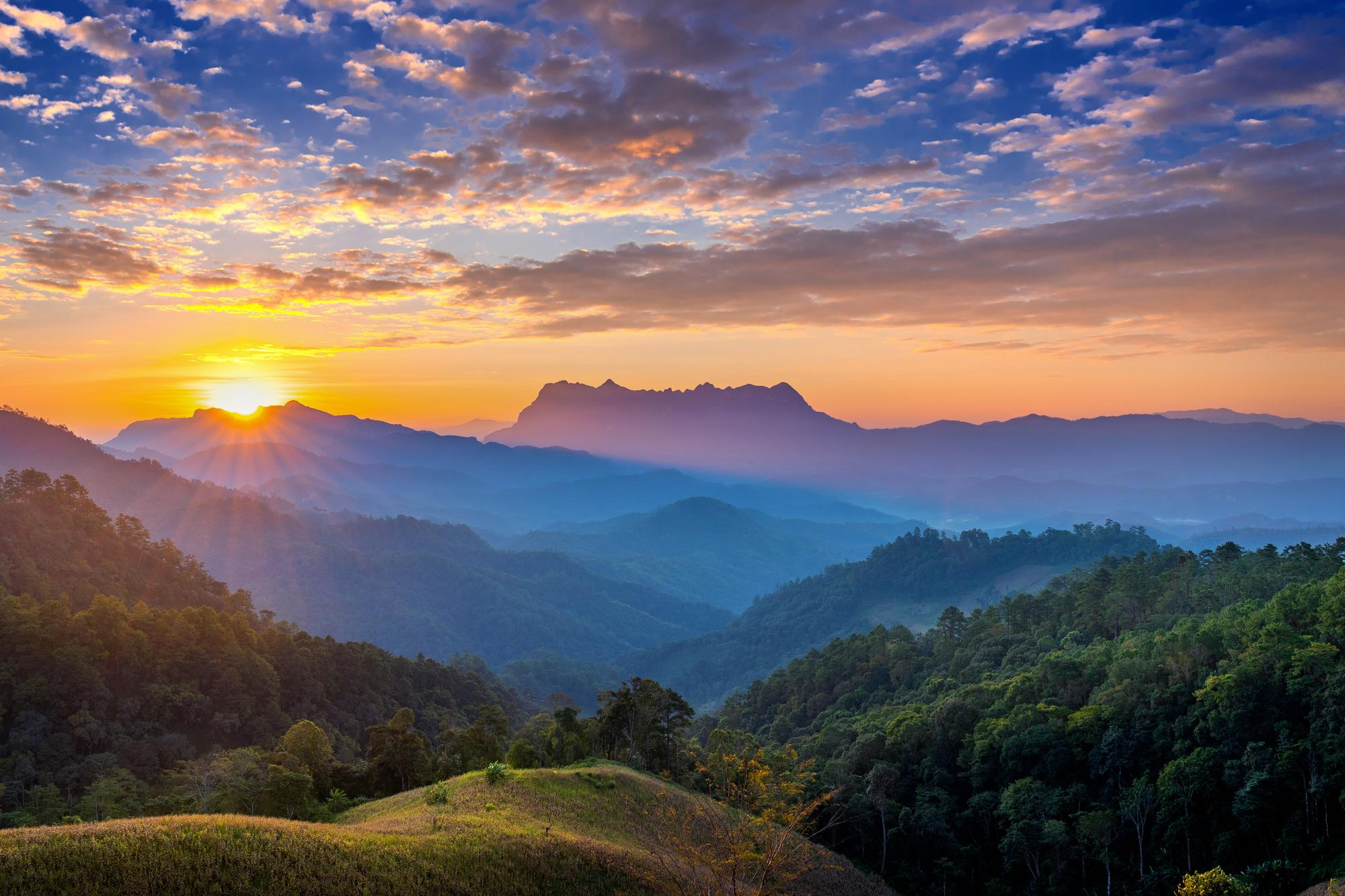Welcome
Welcome to our guide on Earth's Continents! In this comprehensive introduction, we will delve into the fascinating world of our planet's seven major landmasses. These continents, each with its unique geography, climate, and cultural heritage, have shaped human history and continue to play a significant role in global affairs. Throughout history, these continents have shaped human civilization, culture, and development. As you explore our website, we aim to provide you with valuable insights into each continent's geography, climate, culture, and more. Stay tuned for our in-depth articles and engaging content on our journey through the continents!
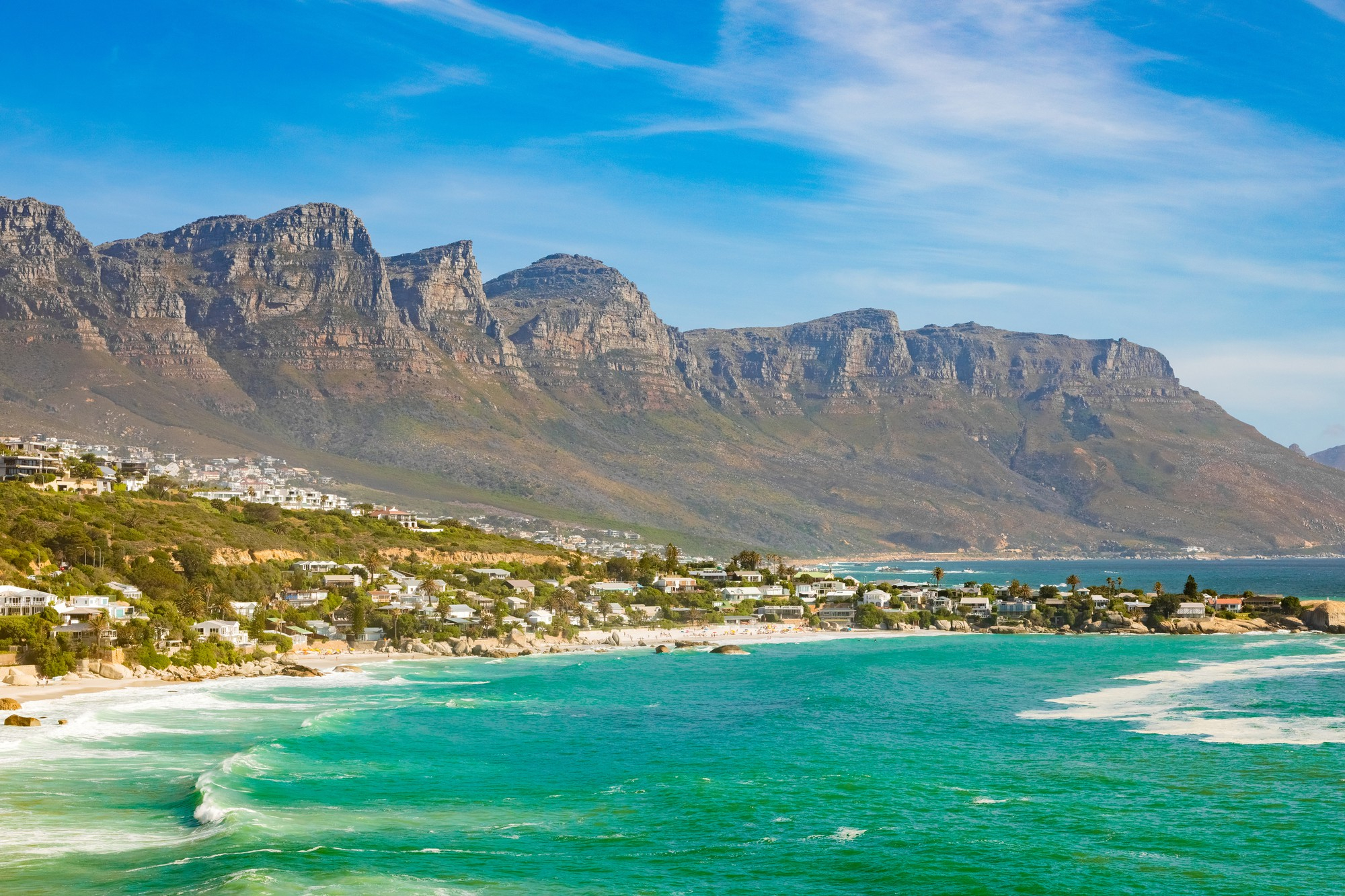
AFRICA
Africa, the second-largest continent, is home to 54 diverse countries and showcases a wide array of landscapes, from the Sahara Desert to the Nile River, the Serengeti plains, and Mount Kilimanjaro.
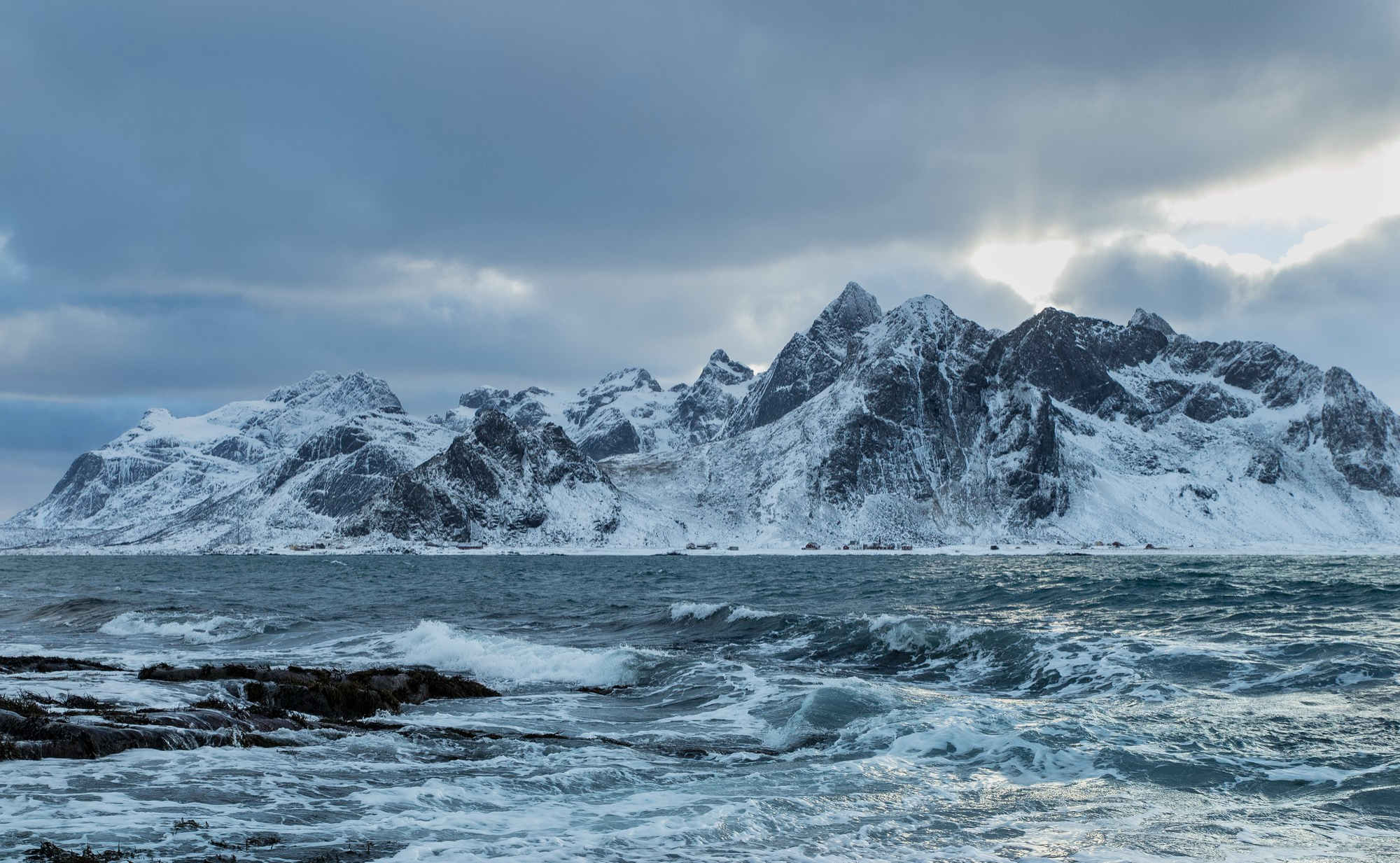
ANTARTICA
Antarctica, the coldest and southernmost continent, is primarily a research area, covered in ice sheets, and devoid of native human populations.
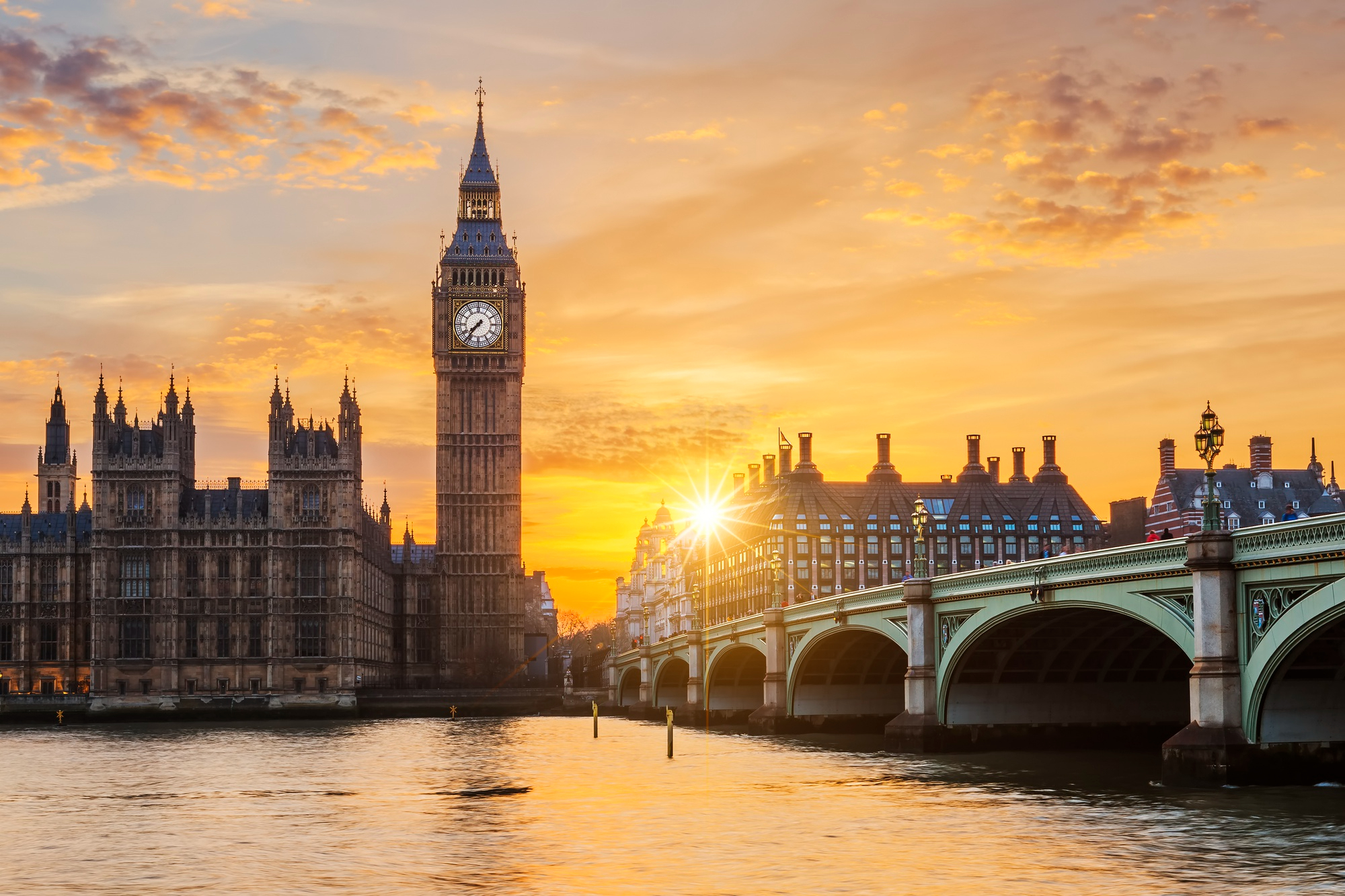
EUROPE
Europe, the second smallest continent, is home to around 748 million people and features diverse landscapes, such as the Alps and the Mediterranean coastline, across countries like the UK, France, and Germany.
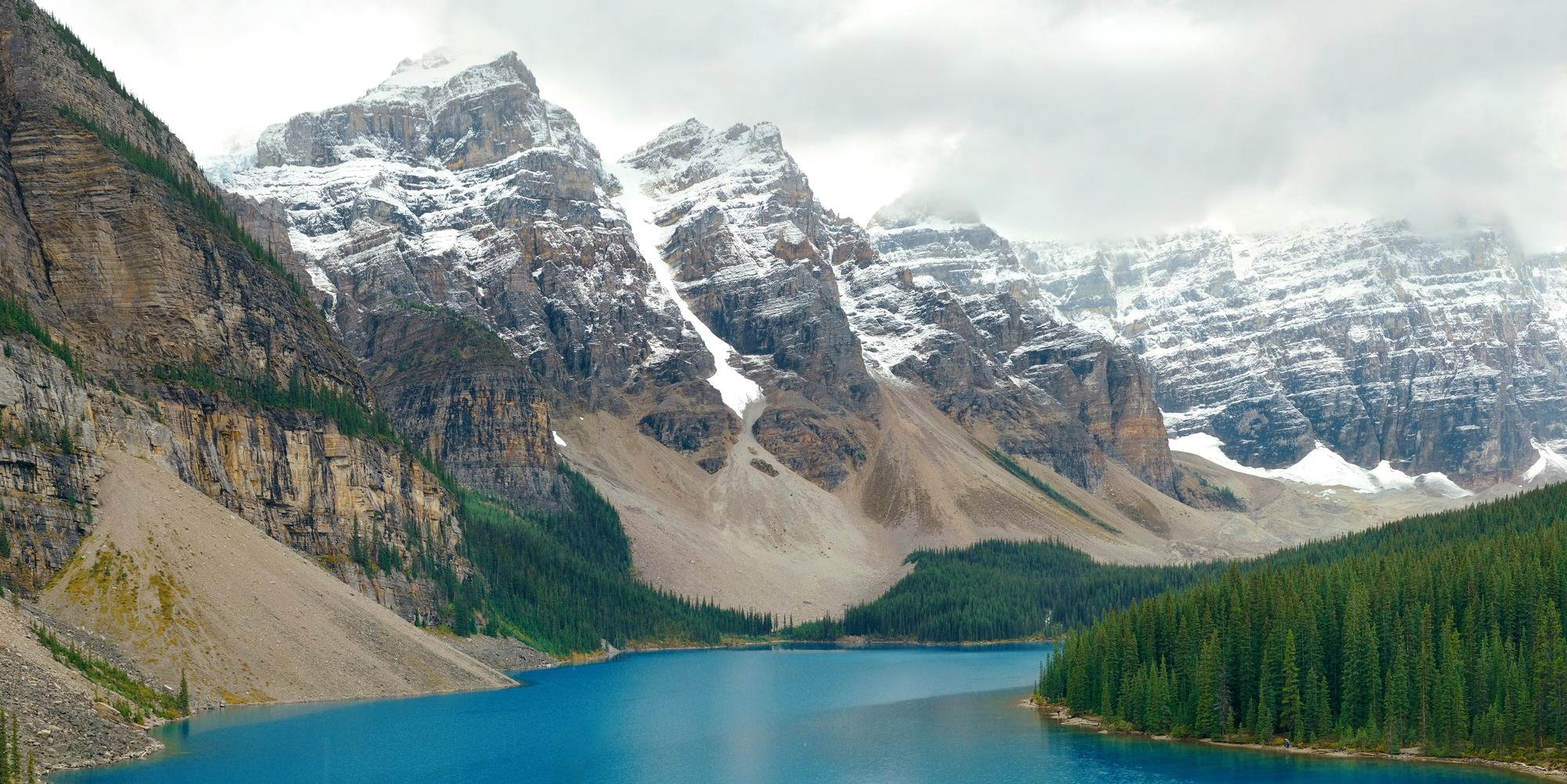
NORTH AMERICA
North America, the third-largest continent, is home to approximately 579 million people and includes countries like the United States, Canada, and Mexico. It boasts a wide range of environments, from the Rocky Mountains to the Great Plains.
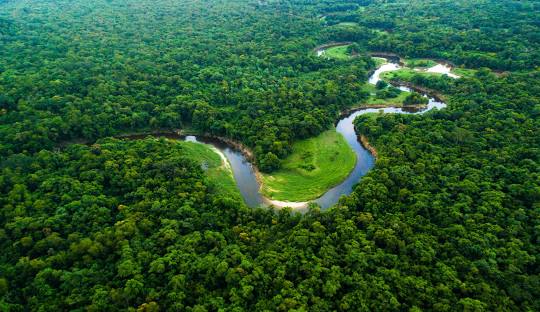
SOUTH AMERICA
South America, the fourth-largest continent, is home to around 430 million people and features diverse landscapes, such as the Amazon rainforest and the Andes Mountains, across countries like Brazil, Argentina, and Colombia.

AUSTRALIA
Australia, the smallest continent, is home to around 42 million people and is known for its unique flora and fauna, including the Great Barrier Reef and the Outback. It is considered a separate landmass from the nearby island of Tasmania.
